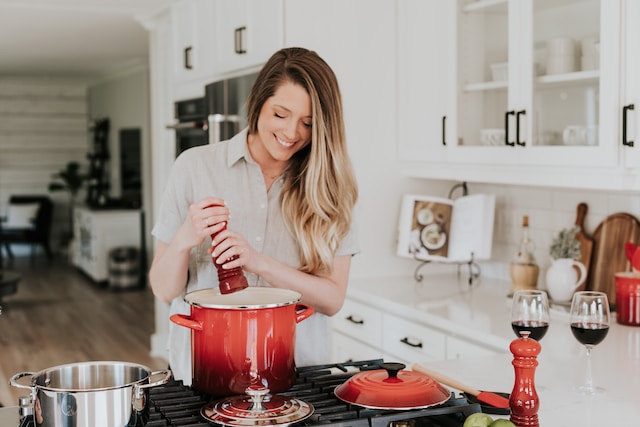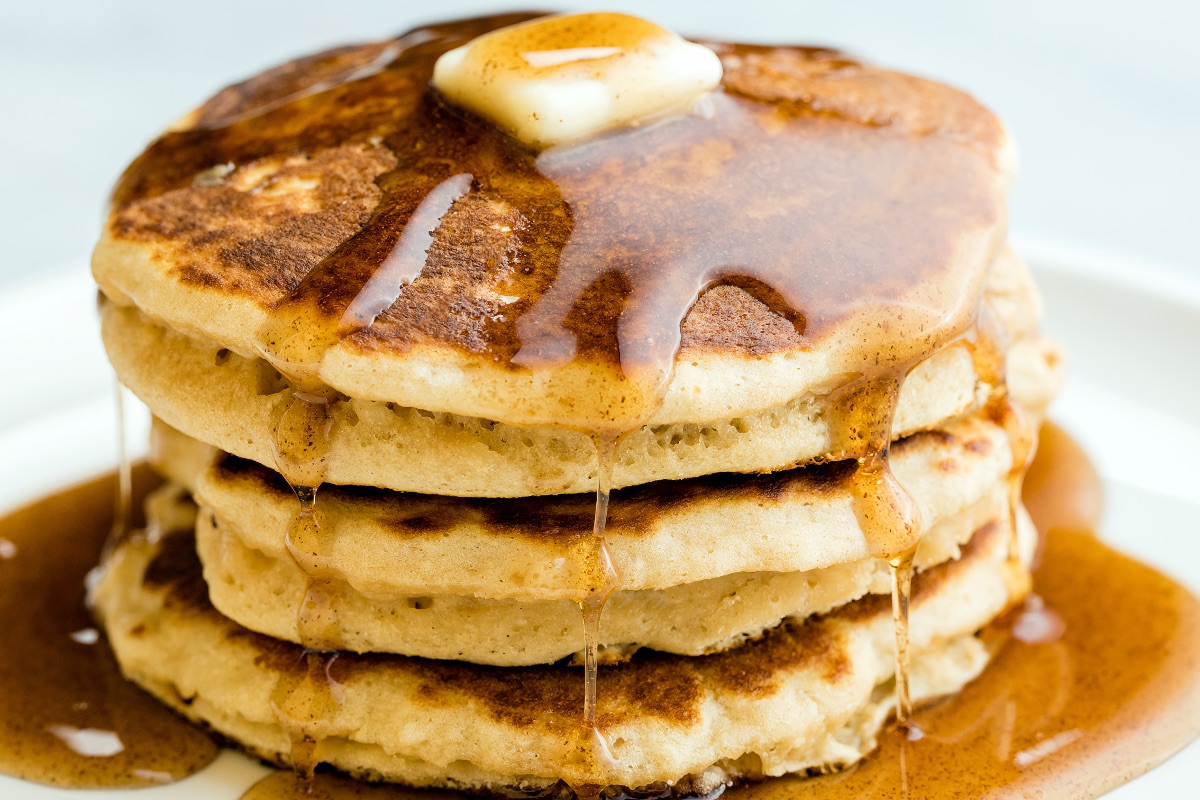There is nothing better than a heaping plate of pasta. And there is nothing worse than that heaping pile of pasta noodles sticking together in one giant mound.
No one wants their pasta in one thick bite, but how do you keep your noodles from becoming one? Pasta sticking together occurs, because as noodles are boiled, they release starch, creating a sticky kitchen predicament, especially if your pot is too small or you are not using enough water.
Don’t let yourself get into this situation the next time you're making your favorite noodles for pasta night. These tips ensure you have a plate of delicious noodles and not a singular clump of starch.
Use Sufficient Water
When it comes to cooking pasta, you simply fill a pot with water and go, right? Wrong. How much water you’re using to cook pasta is important in preventing the noodles from sticking together.
Because pasta will expand while cooking, you want to make sure that there is ample room for each noodle to do so without sticking to its neighbor. The recommended water to pasta ratio is four to five quarts of water per pound of pasta. If a standard pot is six to eight quarts, this means it will be filled ¾ of the way.
Don't Skip The Salt
While salting the water may not necessarily keep your pasta from sticking together, it will help the flavor. As the water comes to a boil, add in about one tablespoon of salt.
The pasta water created from the salt and the starch in the noodles can be saved when pasta is finished cooking and is a delicious addition to sauces.
Photo by Becca Tapert
Time It Right
If you're cooking pasta, it's important to only add the pasta once the water begins to boil. If you're thinking about it in chronological terms, it would go like this:
- Fill the pot
- Bring the water to a boil
- Salt the water
- Add your pasta
Stir The Pasta
It may seem fairly obvious to make sure you stir pasta as it’s cooking, but it is an important step to remember. Stirring pasta as it cooks helps to ensure even cooking and making sure starch does not have time to build up and bind the noodles together.
Try Oil Or Butter
Some chefs advise simply adding oil to the boiling water. Others, however, caution against this method, because while it may keep the noodles from sticking together, it also prevents sauce from sticking to the noodles, because each noodle will be coated in oil as you drain it. That said, if you are cooking up pasta that doesn’t require a sauce, give this method a try.
Tips For Different Types Of Pasta
- For al dente pasta: Some recipes may call for pasta to be cooked al dente, which means the noodles will be slightly chewy, and that means they do require a shorter cooking time.
- For long noodles: When it comes to long noodles like spaghetti and linguine, stirring pasta more often is critical to avoid one big noodle lump.
- For fresh pasta: If you are cooking fresh pasta, the boiling time will be much shorter.
This article was written by Kait Hanson from Southern Living and was legally licensed through the DiveMarketplace by Industry Dive. Please direct all licensing questions to legal@industrydive.com.









